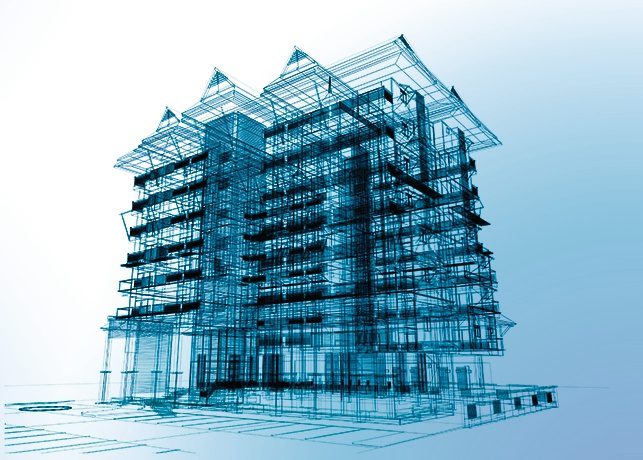Generally, maintenance falls into two main categories, known as:
- Reactive Maintenance
- Planned Preventive Maintenance
Computerised maintenance management systems (CMMS) are becoming more common for managing and tracking equipment maintenance. Software that was once reserved for larger organisations is now available to all sizes and types of businesses. But what exactly is the difference between reactive and preventive maintenance, and how can we move from reactive maintenance to a preventive maintenance strategy? Let’s find it out!
Reactive Maintenance:
Reactive maintenance is also known as breakdown maintenance. It refers to the repairs that take place when equipment or asset has already failed or broken down. Reactive maintenance is done to restore the condition of an asset after an event/failure has occurred.
Preventive Maintenance:
Preventive maintenance is based on a scheduled plan for assets and equipment to carry out predetermined checks that are aimed at decreasing the risk of equipment failure.
The problems with reactive maintenance:
When it comes to reactive maintenance, there are two main problems that you may face:
- The cost of reactive maintenance is high. Reactive or unscheduled maintenance requests, due to equipment failure, must be responded to within a short period, therefore resources must be deployed, and spare parts must be procured. The unscheduled nature of this work attracts a significant cost premium due to higher resource costs and equipment downtime.
- The second problem associated with reactive maintenance is “planning.” As the tasks related to reactive maintenance occur when equipment fails, there is no significant planning involved. Since maintenance tasks are not planned, there can be an impact on building users which may result in loss of productivity.
To reduce the costs associated with unplanned maintenance it is essential to move from a reactive maintenance to a preventive maintenance strategy. Here’s how you can do it:
Develop an Asset Register
Identify all the assets in the facility/building (s) and put them on a register in the CMMS.
Tag the Assets
While inputting the assets on the asset register place a unique asset tag on the asset. This tag can be in the form of a QR code or a Near Field Communication (NFC) tag. The tag will be used by the maintenance engineer to correctly identify the asset on the CMMS and to allocate work orders to the asset.
Develop a Maintenance Schedule
A Planned Preventative Maintenance (PPM) schedule should be developed. The schedule will determine the frequency that an asset should be checked. The schedule should comply with equipment Manufacturer’s Instructions, Legislation or Industry Best Practice.
Develop a Maintenance Check Sheet / Work Order
Each asset should have a series of checks identified on a check sheet/work order. The CMMS will issue the check sheets to the maintenance department on a frequency determined by the PPM system.
Record Results
The results of the maintenance checks should be recorded/inputted to the CMMS. Any follow up repairs (Corrective Repairs) or checks should be scheduled through the CMMS. This allows a full record of work carried out on an asset to be held on the CMMS for further analysis.
Related Articles
Related
Azolla Joins IWFM: Partnering for a Smarter Future of Facilities Management
From service delivery to smart technology – how Azolla is helping FM teams meet regulation, cut costs, and stay future-ready. Modern facilities management isn’t just about logging jobs – it’s about predicting and preventing problems. Azolla’s IoT-enabled CAFM platform...
Proving Facilities Management ROI in 2025 – Why Real-Time Data Is Now Non-Negotiable
Proving Facilities Management ROI with Real-Time Data Facilities Management (FM) leaders are under increasing pressure to prove the value they deliver. Whether it’s justifying budgets, defending asset strategies, or reporting to clients and stakeholders, the...
How IoT and CAFM Create Safer, More Efficient Care Environments
How IoT and CAFM Create Safer, More Efficient Care Home Environments The care home sector faces unique challenges in providing safe, comfortable, and efficient environments for residents and staff. Balancing the delivery of high-quality care with stringent regulatory...

